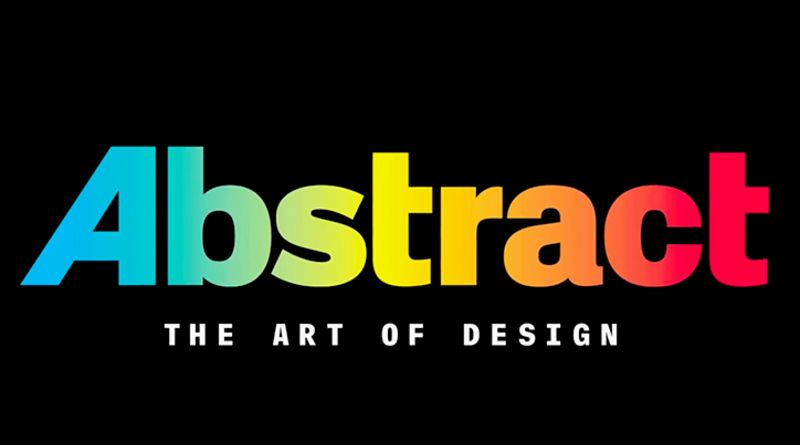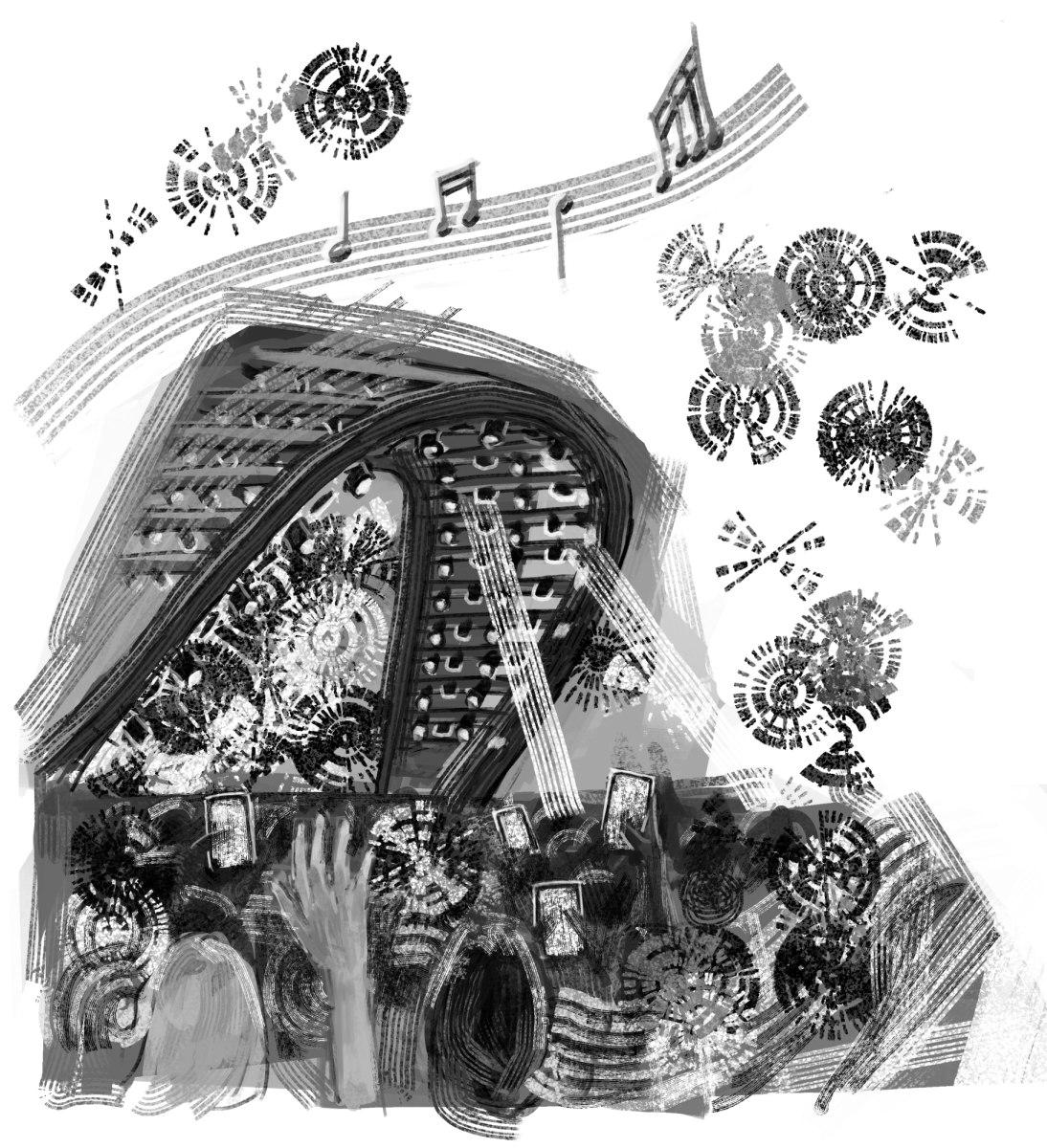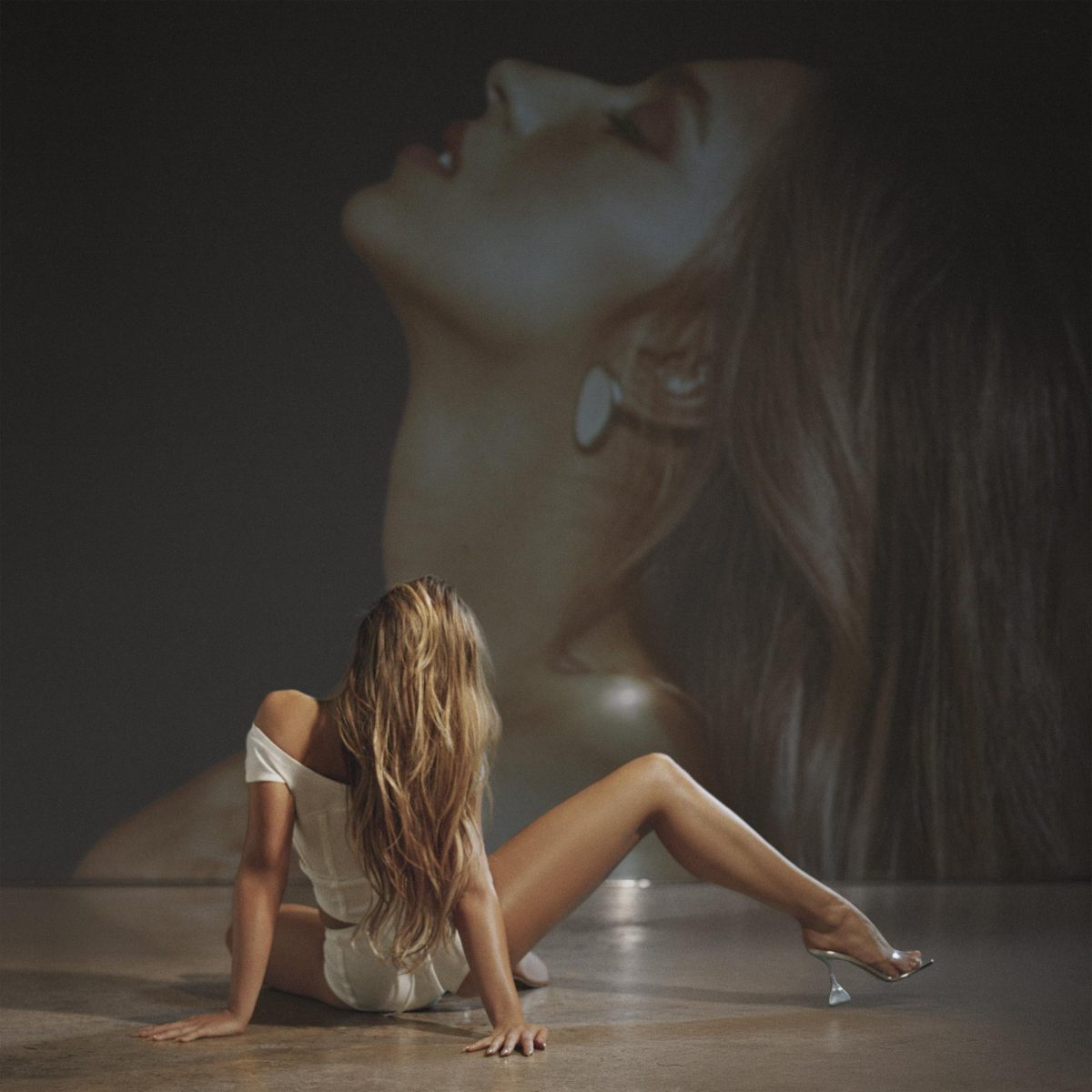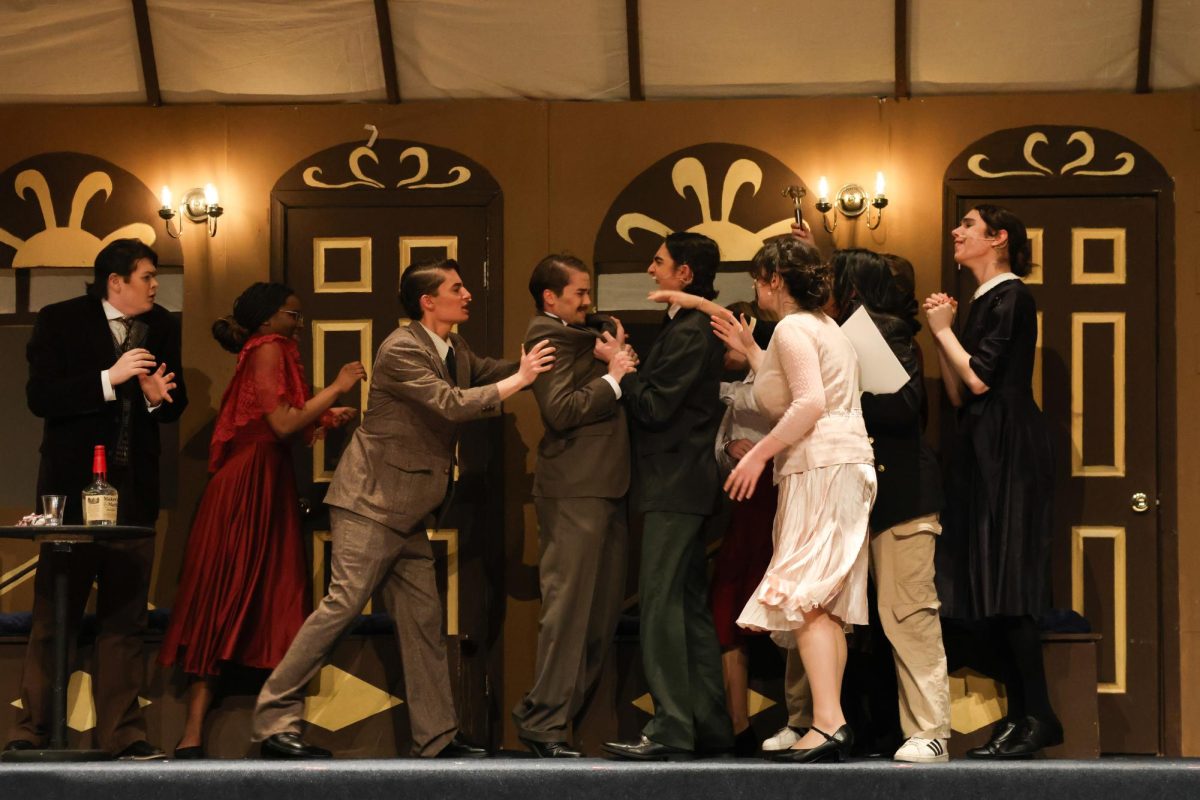“Abstract: The Art of Design” is a Netflix original series released earlier this month. Similar to another of Netflix’s original series, “Chef’s Table”, “Abstract” devotes each of its eight episodes to different highly successful designers and artists, exploring their crafts and the ideologies behind them. There are peaks and valleys to the series: some episodes stand out while others fall flat, but overall the series is a fascinating and charming one.
The first episode follows illustrator Christoph Niemann as he navigates the difficult task of creating a virtual reality animation for The New Yorker cover. Niemann’s animations are interspersed throughout the episode, creating a playful backdrop while he conveys his own anxieties and neuroses surrounding art. His core beliefs–that art is like a sport, and practice does make perfect–may seem intense, but his art shows the lively result of such a mindset.
In the second episode a very different artist is introduced: footwear designer Tinker Hatfield. “Tink,” as he is lovingly called, is most famous for his role as designer at Nike, creating some of their most popular shoes ever. This episode stands out not only for its beautiful cinematography, but because of Hatfield’s compelling story and undeniable artistic ability. Hatfield reveals the thought and care that goes into his designs, and how his latest projects may change the world of footwear as we know it.
Niemann and Hatfield’s episodes stand out in particular, but other highlights along the way include Platon, a portrait photographer with an uncanny ability to capture emotion, and Paula Scher, a graphic designer whose frank approach and portfolio are astounding.
However, the series does have its downfalls. Most of the artists do produce interesting work, but some episodes disappoint. Whether it is due to over editing, as in the case of Es Devlin’s episode, or lack of a substantial story, the case for both Ralph Gillies’ and Ilse Crawford’s episodes.
The episode centering on Crawford, an interior designer, follows her as she redesigns Ikea’s cafeterias and describes her career and methodology. While her rooms may be beautiful and her thoughtfulness is impressive, the episode is lackluster. Unlike artists like Niemann or Scher, whose work is recognizable for any viewer, Crawford’s work is not well known and holds little to no meaning for those not involved in the world of interior design. The final episode was certainly a risk for the creators of “Abstract,” but not one that paid off.
The series is left at the feet of the audience: if you love cars you’ll like Gillies’ episode, if you love architecture then Bjarke Ingels will fascinate and inspire you. The challenge of this format is to encapsulate the essence of one person and their whole body of work in a forty minute episode. When one person and their work is watered down to just one episode, the forty minutes are either compelling and leave you wanting more, or a mess of visual gimmicks and mediocre anecdotes.
Overall, while the series has its highs and lows, it is most definitely one to watch. “Abstract: The Art of Design” has something for everyone, and provides interesting insights and lessons for both artists and non-artists, showing what it means to design and the power that design holds in our everyday lives.














